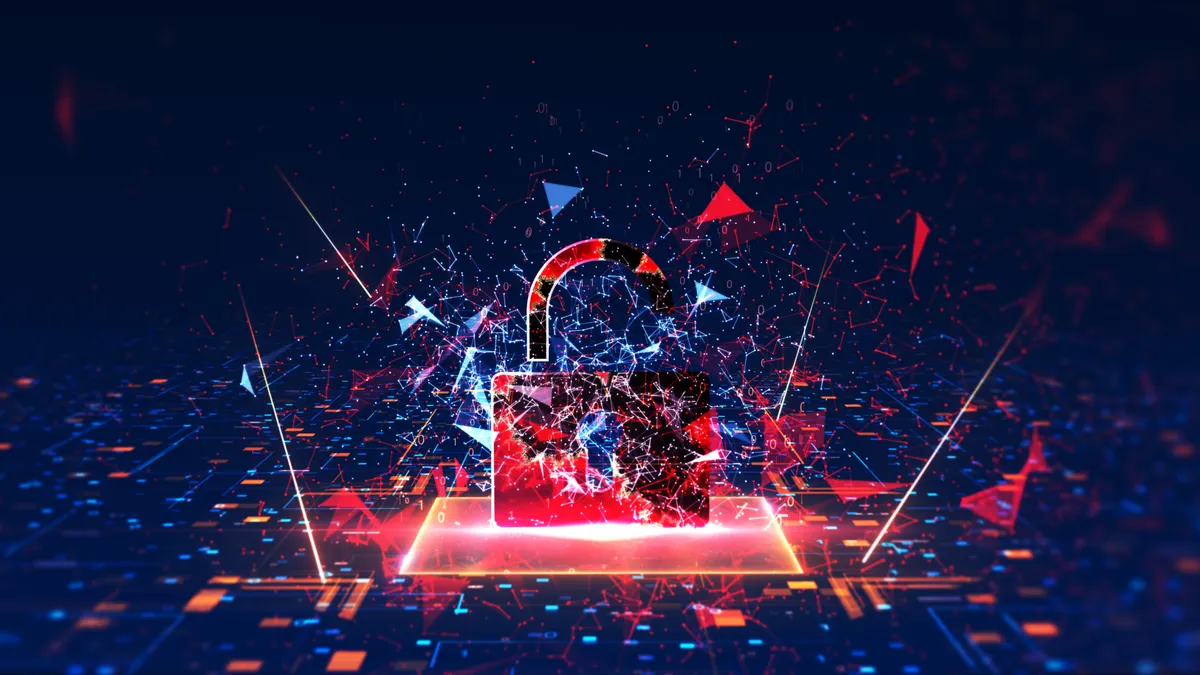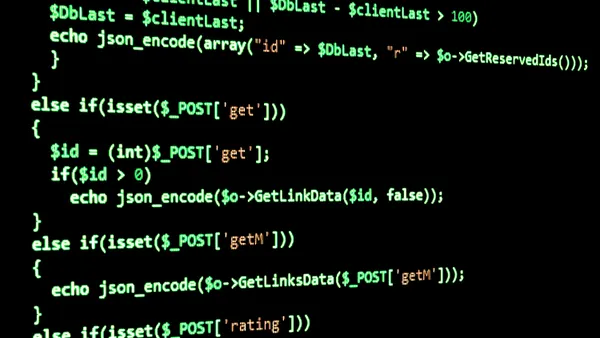The constant evolution of cyber threats, particularly malware and ransomware, demands our unwavering attention. As threats advance, so must our approach to defense.
So far this year, ransomware attacks have struck Frederick Health Medical Group, Co-op Supermarkets, and Marks & Spencer. This meant sensitive data fell into the wrong hands, supply chains were disrupted, and online sales were suspended.
Almost 400,000 computers were infected by Lumma Stealer malware, a ClickFix malware variant ran rampant, and a new malware called LOSTKEYS emerged.
The threat landscape keeps evolving, frequently rendering traditional security measures insufficient. Effective protection mechanisms are not just beneficial; they are essential to safeguard against significant data loss, financial damage, and reputational harm that these attacks can inflict. Understanding the nature of these adversaries is the crucial first step in building robust defenses.
Ransomware: A persistent and profitable threat
Ransomware deserves special attention. It encrypts data and demands payment for its release, often spreading via phishing or software flaws. More advanced ransomware variants also steal data before encryption, compounding the threat with blackmail.
The impact of ransomware includes:
- Data loss: May be permanent without backups.
- Financial costs: Includes ransom, restoration, and penalties.
- Operational disruption: Can halt business operations.
- Reputational damage: Erodes trust if publicly exposed.
Ransomware’s profitability makes it especially persistent. It doesn’t just affect large enterprises — small businesses, healthcare systems, and educational institutions are all frequent targets. Its ease of deployment and high return on investment continue to attract cybercriminals, leading to increasingly aggressive campaigns.
Ransomware attacks now often involve “double extortion,” where attackers exfiltrate data before encrypting it. Victims then face two threats: inaccessible data and public exposure. This tactic not only increases the likelihood of ransom payment but also raises the stakes for organizations already struggling to recover.
A closer look at malware: Diverse threats, unique behaviors
Malware, or "malicious software," is a broad term encompassing various harmful programs designed to infiltrate, damage, or exploit systems. To develop effective protection strategies, it is essential to understand the different types of malware and how they operate.
Viruses: Attach to files and spread when opened, causing data corruption or system issues.
Worms: Self-replicating programs that do not need a host file. They exploit network vulnerabilities to spread, often leading to widespread congestion and opening backdoors for other threats.
Trojans: Disguised as legitimate software, Trojans deceive users into running them. Once active, they can steal credentials, install additional malware, or allow remote access to systems.
Spyware: Operates covertly, monitoring user activity and harvesting sensitive information like logins and personal data. Often used for surveillance, financial fraud, or identity theft.
Adware: Bombards users with unwanted ads and can lead them to malicious sites. While often dismissed as harmless, adware can degrade system performance and serve as a vector for more dangerous payloads.
Rootkits: Engineered to conceal the presence of malicious activity, rootkits can disable antivirus tools and provide persistent unauthorized access, making them exceptionally difficult to detect and remove.
Botnets: Networks of infected devices controlled remotely by attackers. Botnets are frequently used to execute large-scale attacks, such as DDoS campaigns, or to distribute spam and phishing messages.
Malware constantly evolves through techniques like polymorphism and encryption, requiring adaptive defenses.
The challenges we face: Adapting to evolving threats
Evasive techniques make malware and ransomware hard to detect. Attackers are becoming more resourceful, leveraging social engineering, zero-day vulnerabilities, and legitimate administrative tools to bypass defenses. Defending against these threats requires a layered security strategy that incorporates behavioral detection, endpoint hardening, and frequent system updates.
Ultimately, defending against malware and ransomware is not just about technology — it’s about mindset. Cybersecurity professionals must stay informed, proactive, and adaptive. The threats will continue to evolve, and so must the defenders.









